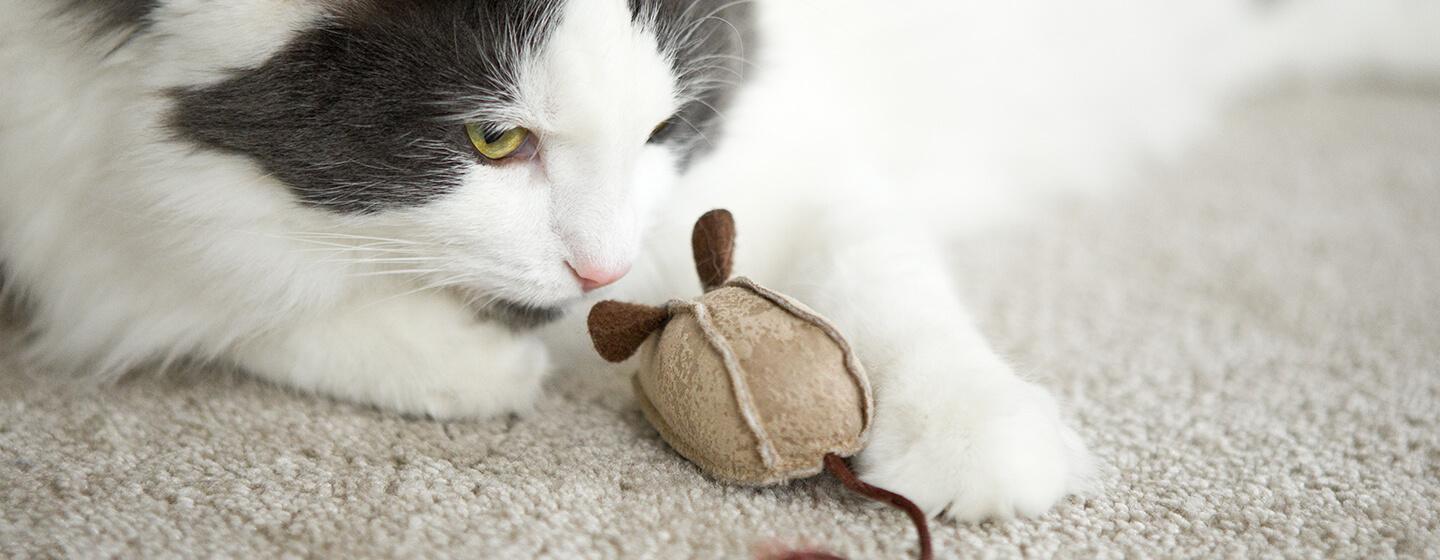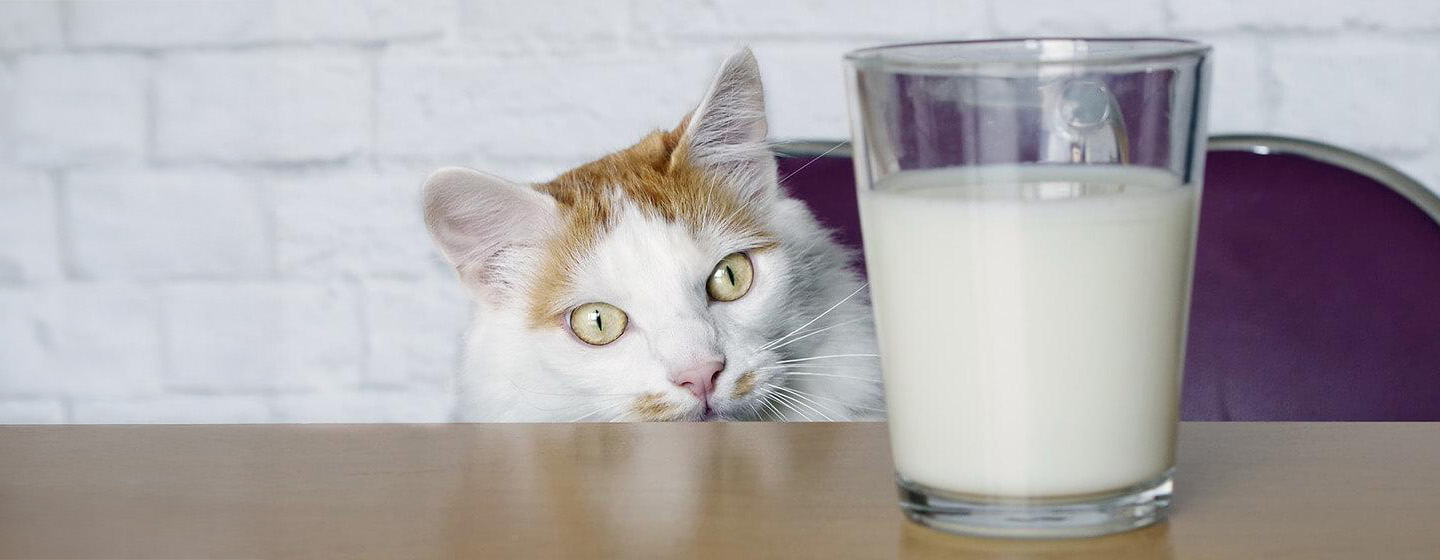Cats have long been subjects of various myths and misconceptions, many of which have been debunked by science. Common beliefs include the idea that black cats bring bad luck, which varies by culture and is largely unfounded, as is the notion that cat whiskers provide good luck. Some historical myths falsely implicated cats in the spread of the plague, when in fact it was fleas on rats that caused the epidemic. The idea that cats have nine lives likely stems from their ability to survive falls, while the belief that cats should drink milk is incorrect, as many are lactose intolerant. Additional myths suggest that putting butter on a cat’s paws helps them acclimate to a new home, that cats are dangerous to pregnant women, and that they don’t need veterinary care for wounds because their tongues are antiseptic, all of which have been proven false or exaggerated. These misconceptions highlight the need for a better understanding of feline behavior and health.

8 Cat Myths and Misconceptions
Over the years, cats have baffled just about everyone – from owners to behaviourists and even scientists. Because of their mysterious nature, there are numerous cat myths and rumours that are commonly believed, but just how true are they?
Cats are enigmatic creatures that many people struggle to understand. Over the years, this has seen our furry friends shrouded in a variety of myths, including some outlandish rumours that even reported that they were in league with the devil!
The majority of cat myths have since been debunked thanks to science and lashings of common sense. Keep reading to find out the truth behind the butter on cats’ paws rumour, if black cats are bad luck and more.
1. The truth behind the black cat myth
The black cat myth is perhaps one of the most common tales out there and chances are you’ve heard someone telling this story. In the UK, Europe and most of America if a black cat crosses your path, people claim it means bad luck is coming your way.
In Germany, however, it’s direction specific and if a black cat crosses from right to left it means bad luck, but if the cat moves left to right it’s actually considered good luck. Additionally, in Japan it’s actually thought to be very lucky, especially for single women as a black cat promises good suitors are on the way.
Debunked: The black cat myth is, of course, untrue and likely came about due to the fact that black cats were thought to be the pets of witches in medieval times. Unfortunately, this rumour is still quite widely believed today and black cats frequently find their way to rescue centres or have difficulty finding new homes.
2. Saved by a cat’s whisker
A cat’s whiskers almost seem to give them super powers, so it’s only natural that people came to assume that these were good luck charms. So much so in fact, there’s a popular cat myth that if you put a whisker in a white bag and place it in your car it will help to prevent accidents, theft and breakdowns – some people even claim it can help you avoid speeding and parking tickets!
Debunked: While we really wanted to believe this one, the cat whisker myth is not true and probably came about because cats so rarely lose their whiskers.
3. Cats were responsible for the plague
Yep, you heard that right. In the middle ages people thought that cats were responsible for spreading the plague. This was due to the fact that they thought cats were in league with witches, warlocks and ultimately, the devil. Many people in the middle ages believed that the devil was to blame for all the horror of the black death and they began destroying ‘his loyal servants’ – cats.
Debunked: It was actually a type of flea that lived on rats that spread the plague. Funnily enough, the destruction of cats meant that the rat population thrived, and the Black Death spread faster than ever.
4. Cats have nine lives
The origins of this widely-believed cat myth is unclear, but it’s mentioned in Shakespeare’s Romeo and Juliet and there’s even an old English proverb about it. The saying goes like this: “a cat has nine lives. For three he plays, for three he strays, and for the last three he stays.”
Debunked: This cat myth was likely started because cats always seem to land on their feet and often appear able to have falls and serious accidents without being seriously wounded. But why nine? Well, probably because nine is a magic number and cats were thought to be magical creatures.
5. The cats and milk myth
The image of a cat happily lapping up milk is one that’s been ingrained in us for generations. Many have come to believe that cats should drink milk as it’s good for them and provides them with the necessary nutrients to be healthy.
Debunked: The cats and milk myth is completely untrue and it may surprise you to know that most cats are actually lactose intolerant. This is because once weaned off their mother’s milk, cats lose the enzyme to digest milk lactose, and if you give them dairy it’ll likely cause stomach upset.
6. The butter on cats’ paws rumour
If you have a cat, you may have heard this one from a friend or family member when you’ve moved house with your feline. The theory is, if you put butter on a cat’s paws, it’ll take away the smell of their old home.
Then they’ll instead focus on licking their paws and settling in.
Debunked: The butter on cat’s paws rumour is not true in the slightest and in reality, it’ll probably have the reverse effect. The scent of their previous home will remain on their coat, not just their paws. And it’s likely your cat will get more stressed as they’re trying to get rid of the butter off their paws.
7. Cats are dangerous to pregnant women
It’s a common belief that pregnant women should avoid having cats due to the risk of toxoplasmosis, a disease which can be passed from a cat’s faecal matter to humans and cause problems with unborn babies.
Debunked: Toxoplasmosis contracted in this way is very rare. Meeting the parasite which causes the disease – Toxoplasma gondii – through eating undercooked meat or unwashed vegetables is a higher risk. Pregnant women should avoid cleaning the litter tray where possible and give this task to another family member, or wear gloves.
8. You should let cats lick their own wounds
You may have met many a pet owner who insists that cats don’t need veterinary treatment for wounds as their tongues are antiseptic. It’s a cat myth that’s still believed today with many taking a laissez-faire approach to their cat’s wound treatment. But how true is it?
Debunked: An initial wound lick can be beneficial, as the unique barbs on a cat’s tongue can help to remove dirt trapped in their wound, and some believe their saliva contains certain antibacterial qualities. Beyond this, Vet Street mentions that our cats will often go too far with the cleaning and could run the risk of harming the wound and prolonging healing by keeping it permanently moist. If your cat has a wound that doesn’t seem to heal, contact your vet.
